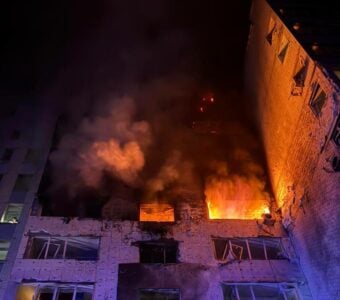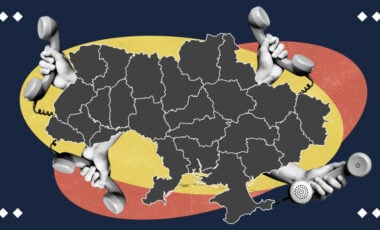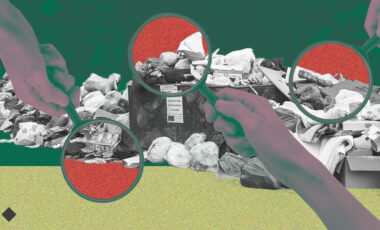Protecting heritage amid war: St. Sophia's Cathedral in Kyiv digitized with laser scanner to ensure preservation
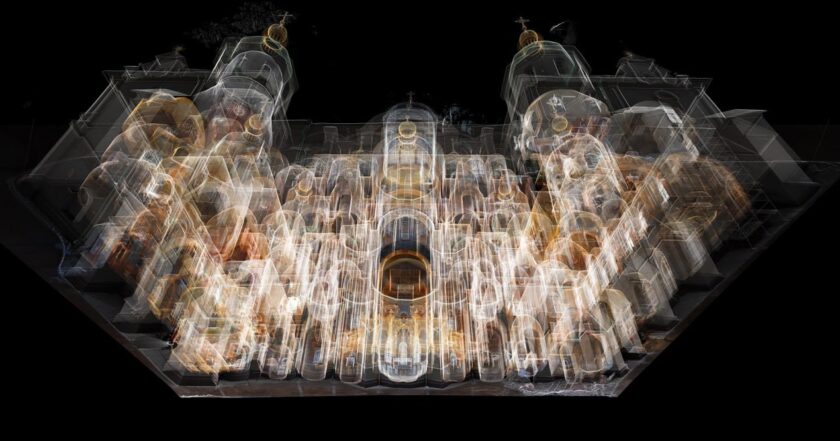
Photo: facebook.com/SophiaKyiv
St. Sophia Cathedral in Kyiv was digitized with laser scanning.
Rubryka reports, citing the statement of the National Reserve, "Sofia Kyivska," that this will provide a detailed description of the surface of the architectural monument with an accuracy of millimeters.
What is the problem?
According to Ukraine's Ministry of Culture and Information Policy, as of the end of July 2022, the Russian forces damaged and destroyed 139 cultural heritage objects. These are monuments of national and local importance, objects of valuable historical buildings, and more.
As of 19 June 2023, UNESCO has verified damage to 260 sites since 24 February 2022 — 112 religious sites, 22 museums, 94 buildings of historical and artistic interest, 19 monuments, 12 libraries, and one archive.
Since the beginning of the full-scale war, the unique national shrine and the historical monument of the XI century — St. Sophia Cathedral — has been under daily threat of damage or destruction due to often airstrikes by Russian forces.
What is the solution?
The digitization of St. Sophia's Cathedral guarantees its preservation amid the challenges of war, according to the national reserve.
"Laser scanning of architectural monuments has developed rapidly and provides a detailed description of surfaces with millimeter accuracy," the report says.
How does it work?
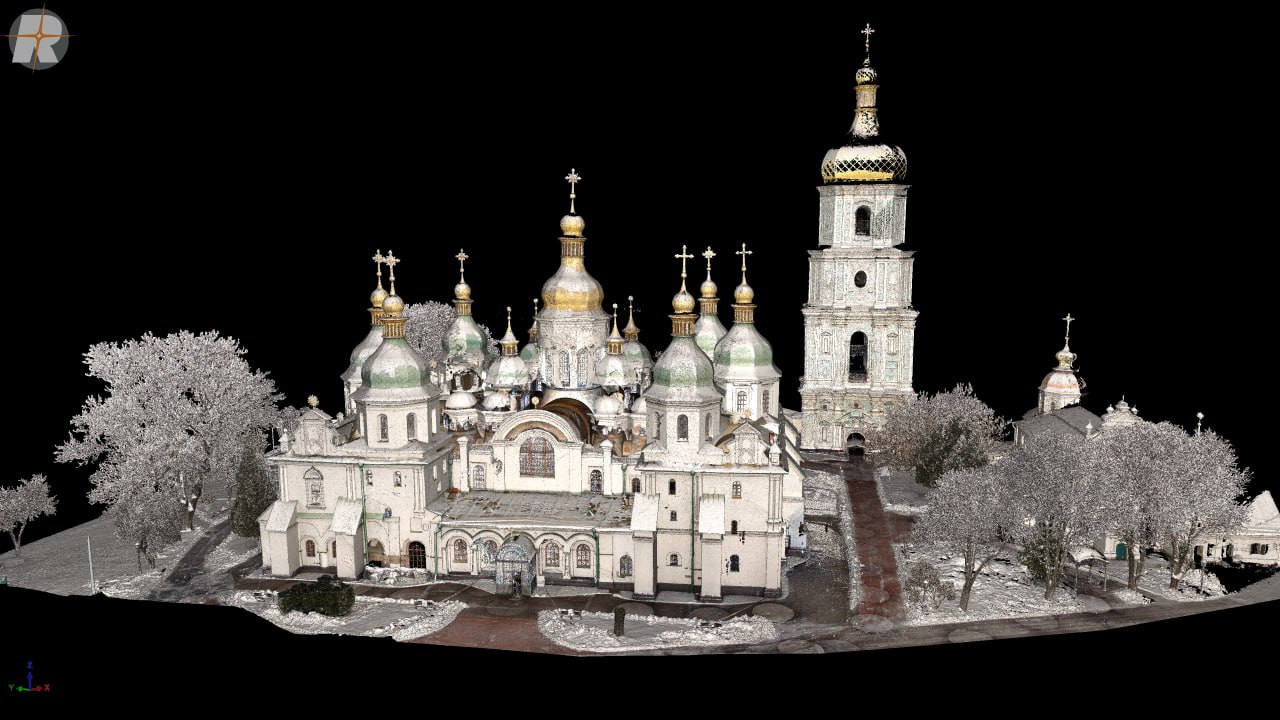
Photo: facebook.com/SophiaKyiv
In December 2022, the Saint Sophia Cathedral in Kyiv was scanned with the support of the European Association of Cathedral Architects.
The project used a ground laser scanner RIEGL VZ-400 with an attached calibrated Sony camera. The Ukrainian SKEIRON team digitized the exterior and interior of the cathedral in more than 800 scanning positions in just one week.
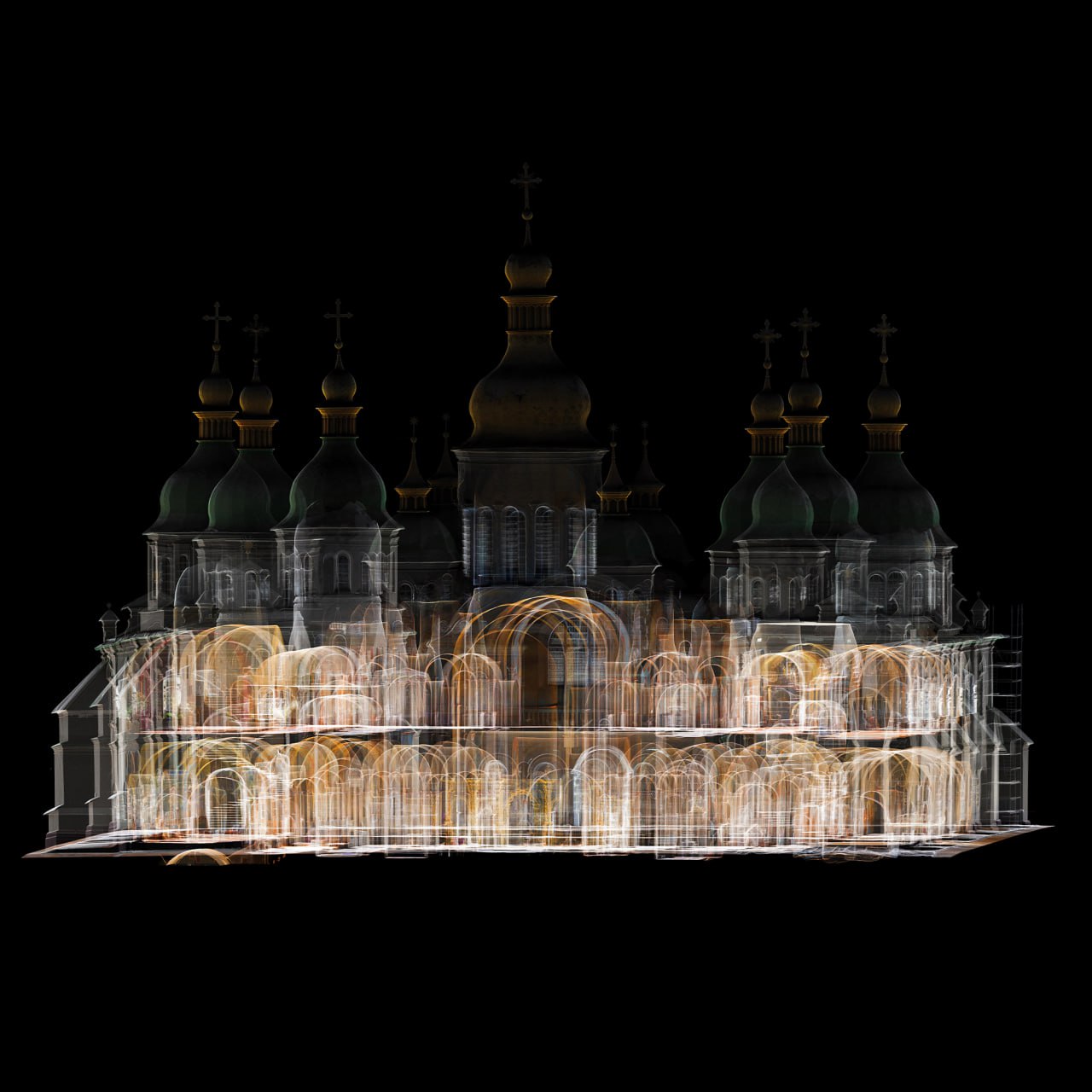
Photo: facebook.com/SophiaKyiv
Point clouds and photographs can create detailed 2D plans or 3D models. These data will ensure knowledge about cultural heritage and will provide new opportunities for its research, control, and preservation.
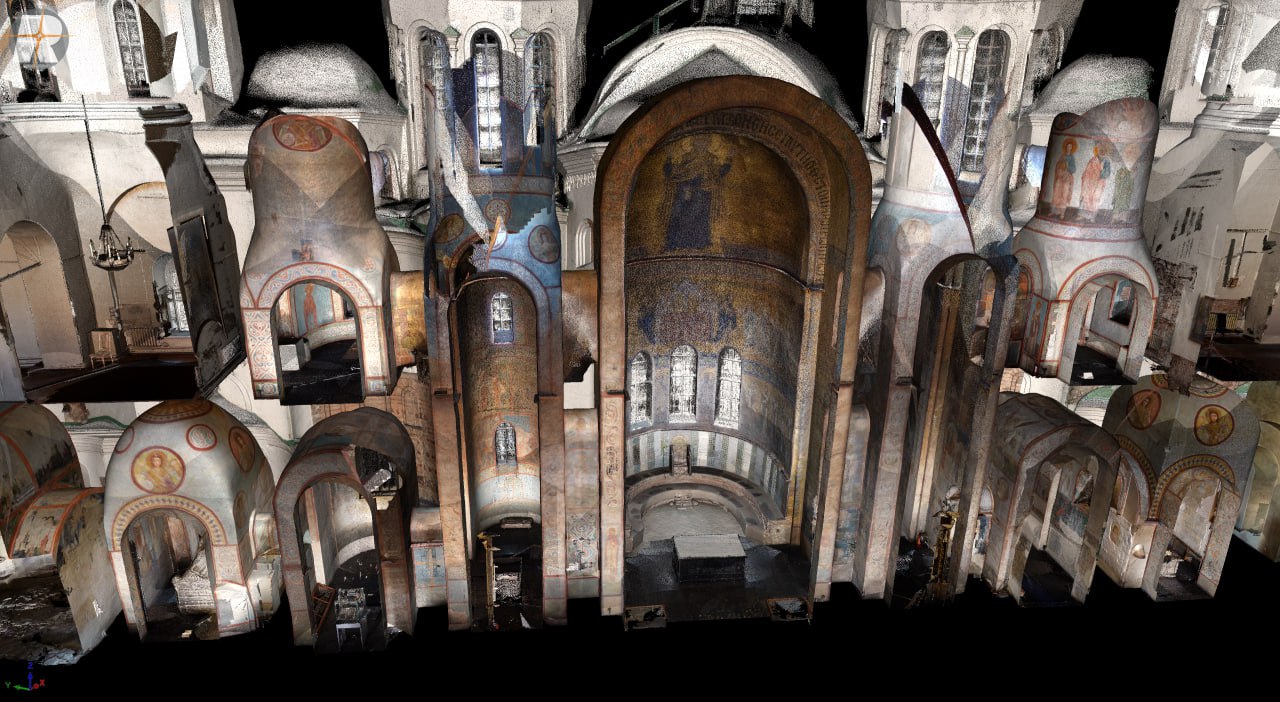
Photo: facebook.com/SophiaKyiv
Background
Sophia Cathedral is a world-famous monument of architecture and monumental painting of the 11th century. In 1990, the cathedral and the ensemble of monastic buildings in its court were included in the UNESCO World Heritage List.
Tcathedral's founding is mentioned in the annals in 1017 and 1037. Chroniclers call the great prince of Kyiv Yaroslav the Wise, the builder of Saint Sophia. Sources indicate that Yaroslav completed the work of his father, Volodymyr.
For centuries, Sophia of Kyiv was the main shrine of Rus-Ukraine. The cathedral, as the main temple of the state, played the role of a spiritual, political, and cultural center.
The most significant events in forming Ukrainian statehood took place here. At the beginning of the 20th century, the Universal Declarations of the Central Council of the Ukrainian State of 1917–1918 were proclaimed on Sofia MaidaIn in 1991, the All-Ukrainian People's Assembly supported the Act on the State Independence of Ukraine.
During the repair and restoration works this year on the territory of St. Sophia Cathedral, archaeologists found three underground passages that had not been studied before. The steps were discovered on the territory of Sophia of Kyiv in the underground part of the Tabernacle Church. According to available information, the depth of this passage is 6 m from the ground level. The course is lined with bricks and laid at an angle. Currently, the origin of the finds remains a mystery. All that researchers have managed to find out so far is that they existed long before the appearance of the church itself, in the basements of which they were discovered.
Rubryka also reported that a robust digital project was launched in the national reserve "Kyiv-Pechersk Lavra," namely, 3D scanning of the Trinity Gate Church.





